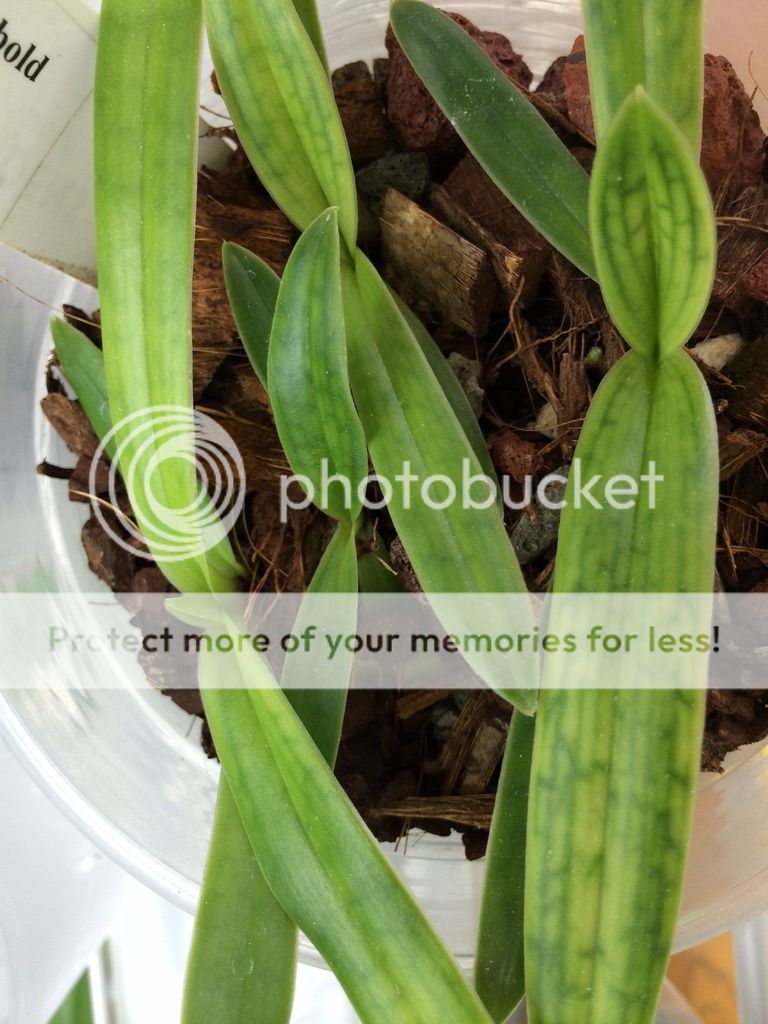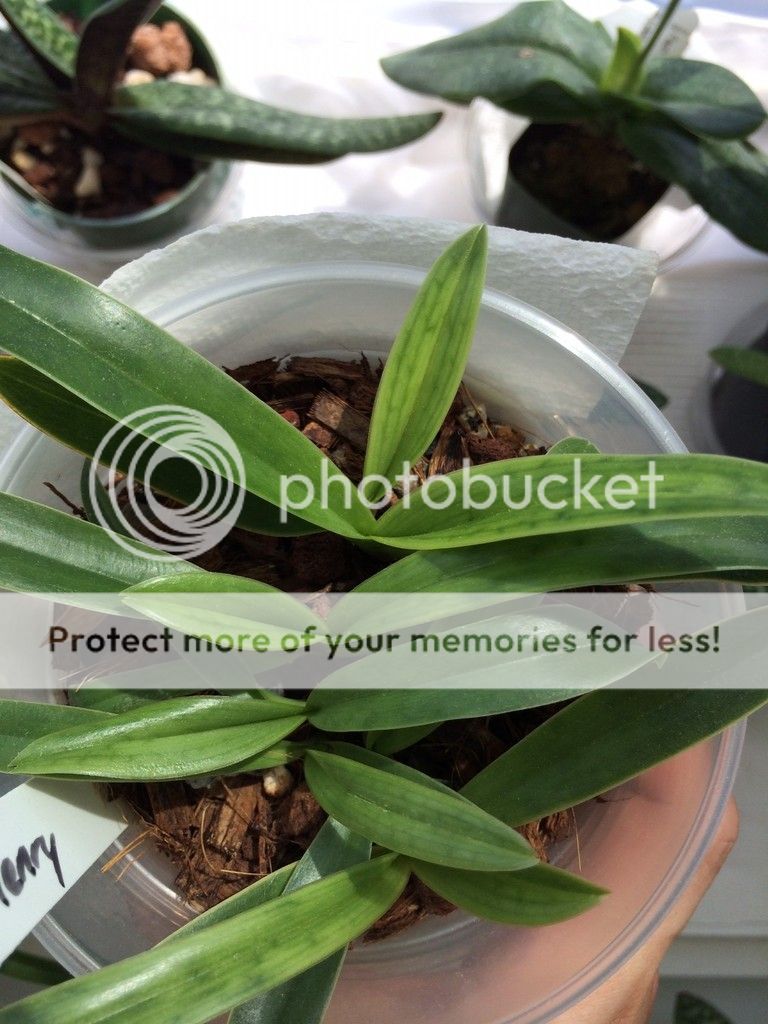Spray with some Mancozeb. plus, reduce fertiliser level. Remember, Huntington (Brandon Tam , Lance Birk) fertilises with Ca-nitrate only. And they get good (sometimes fabolous) results.
Bjorn, I'm not convinced that nitrate is the native source of N with Paphs. In high altitude and almost wet all the time environment, nitrification is very minimal and with rain water flowing most of the time, this form easily get leached. Even my vandas don't like it. Leaves are yellowish and short. Spikes are short, stem in between flowers are short. Even the color of the flower is different, lighter and bland.
With just nitrates, it would be impossible to get the sizes these plants are capable of. If using inorganic, a mix of ammo/nitrate is better. Or urea/nitrate combo. But I'm seeing amino acids/urea/nitrate mix is very promising.













